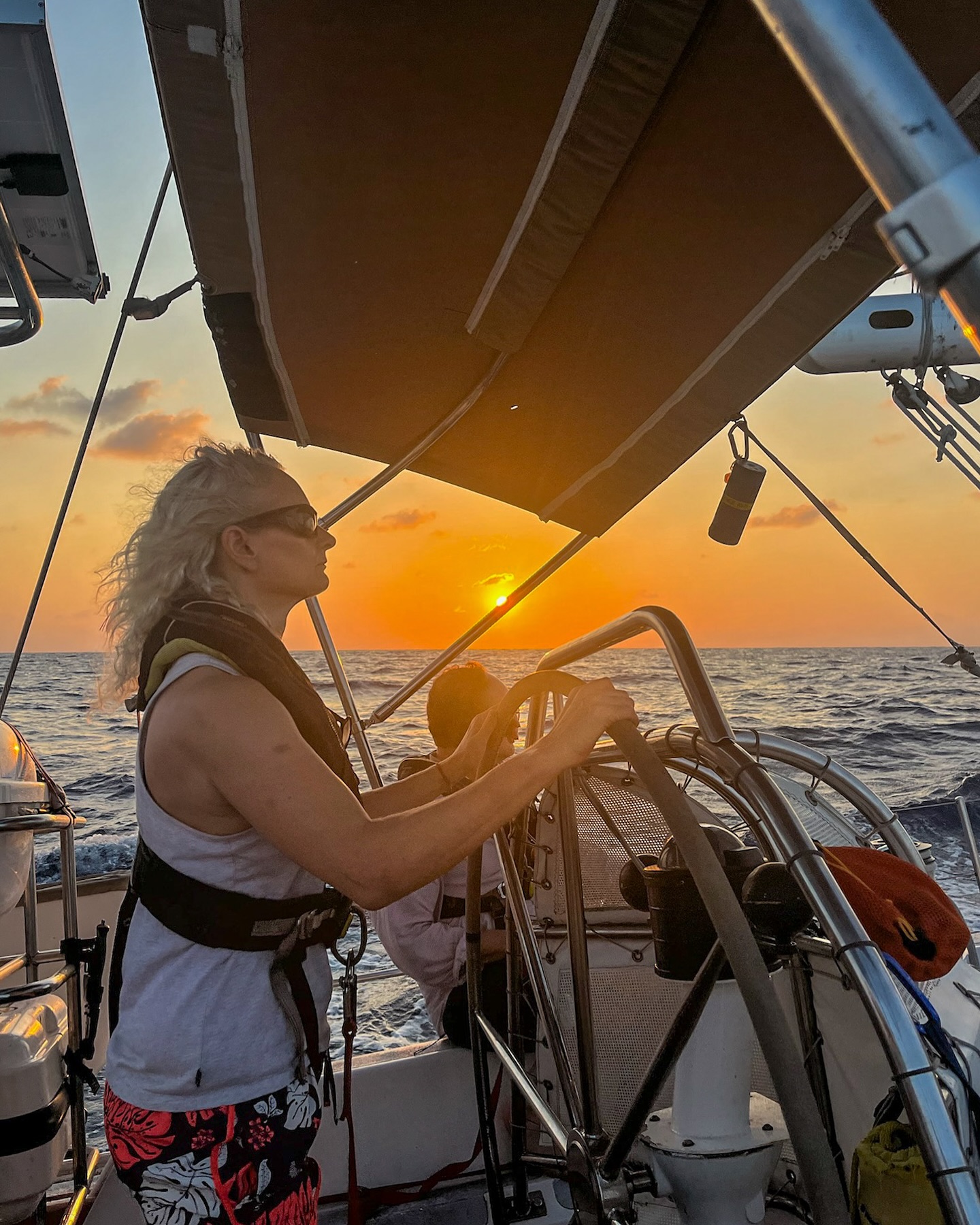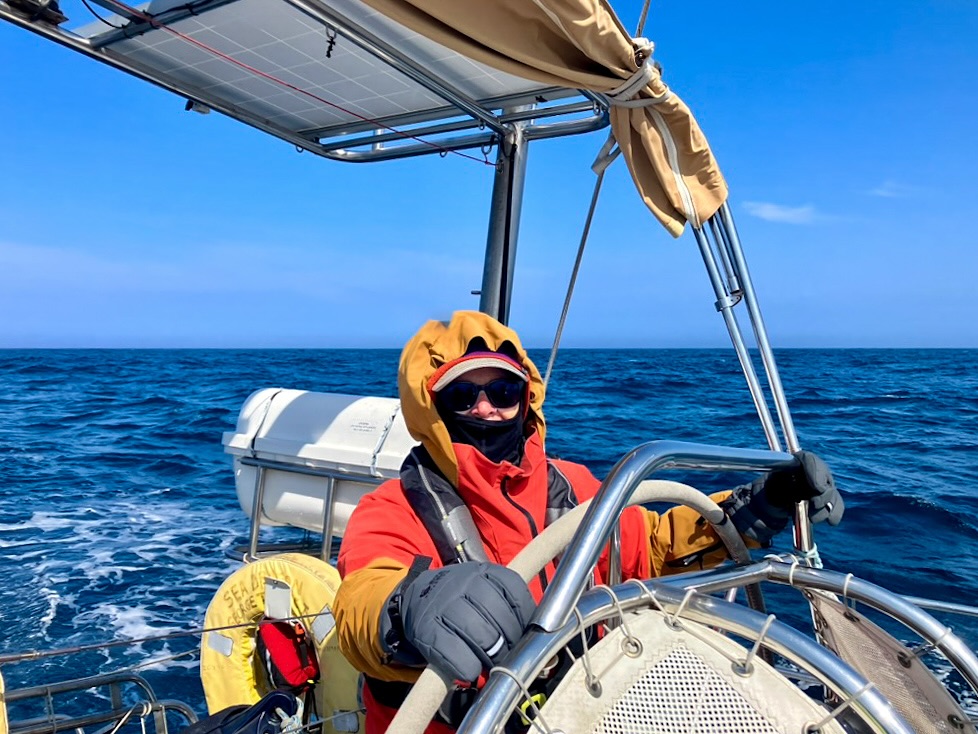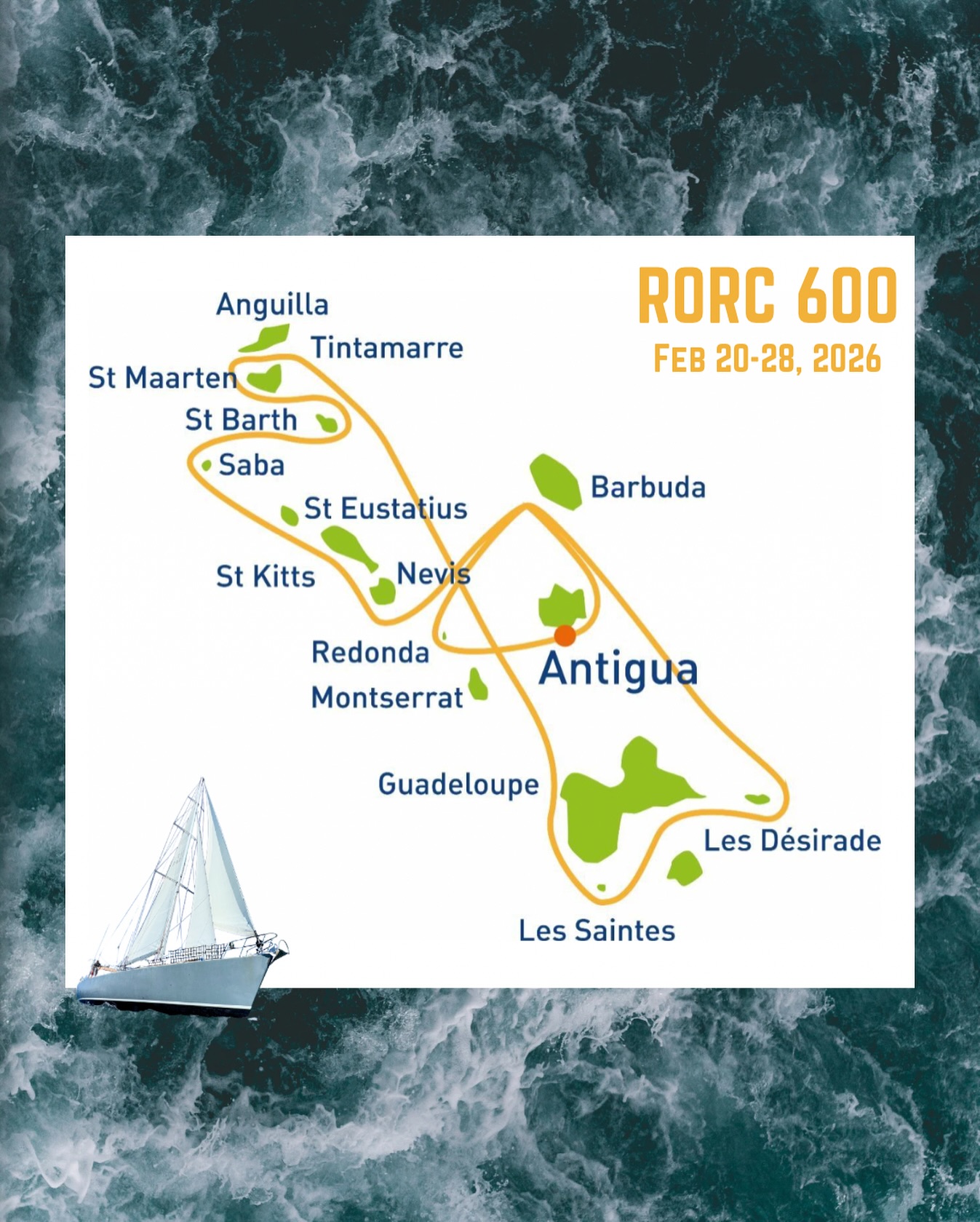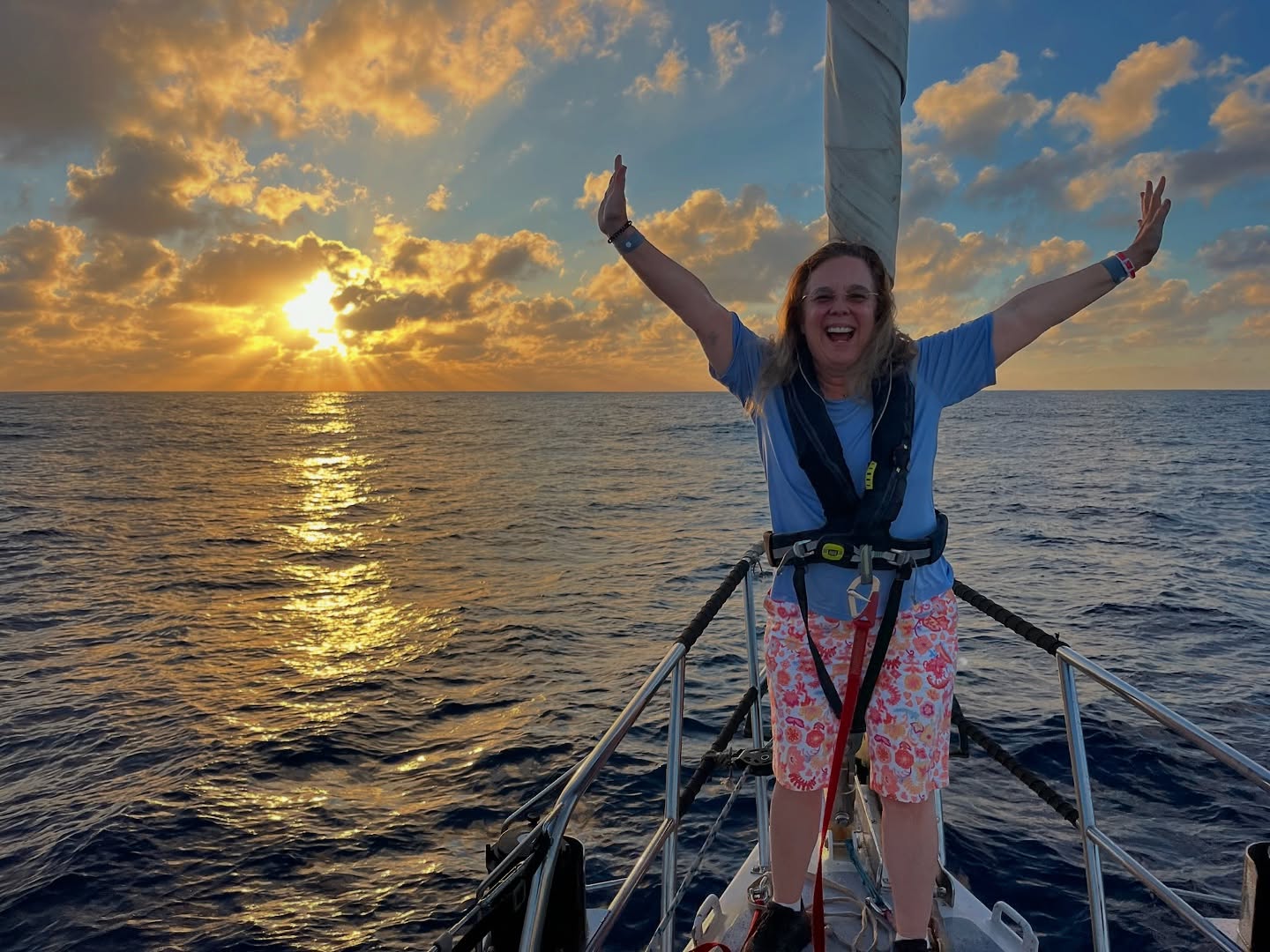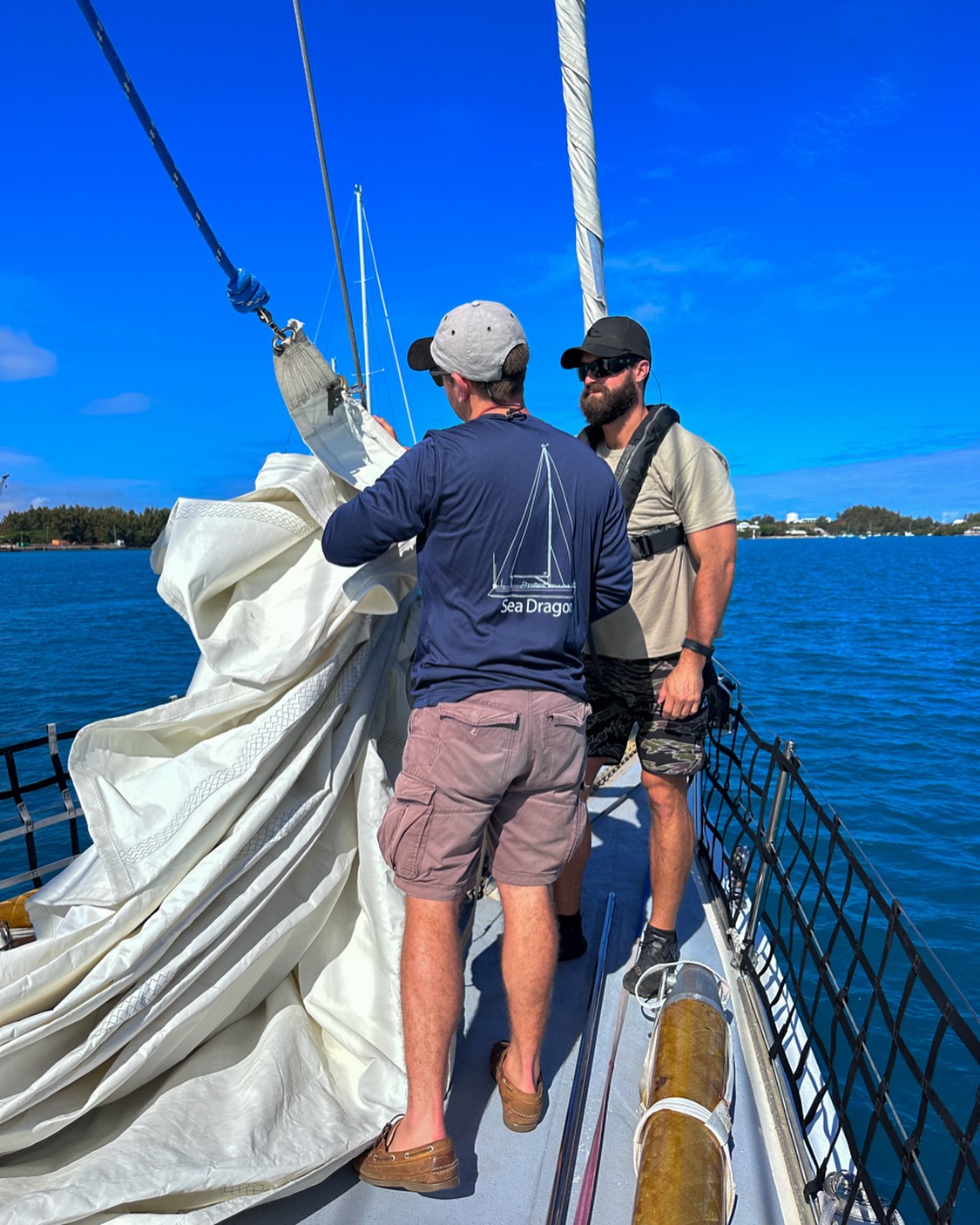This article was previously published at MIT.
PART I
As the plane began its extremely steep descent to Christmas Island: 2N, 157W, middle of nowhere, I was reminded that the islands I was to visit for a research expedition are some of the most remote pieces of land in the world. I thought about the adventure I was beginning, on my way to meet the sailing yacht Seadragon for a month-long expedition to study coral on three remote atolls in the Central Pacific and the adventure of a lifetime.
What brought me to be flying somewhere over the Pacific? I am a graduate student at MIT and the Woods Hole Oceanographic Institution where, advised by Anne Cohen and Delia Oppo, I study coral in the central Pacific. Along with Liz Drenkard, a fourth year graduate student, Pat Lohmann, a scientist emeritus and on a good day a dead ringer for Harrison Ford, and Chip Young, a scientist from the National Oceanic and Atmospheric Administration, I was using the 72’ yacht Seadragon as a platform to study coral in the Central Pacific. We hope that the coral samples we took on this unprecedented expedition to three remote atolls will enhance our understanding of coral health in this area.
When we arrived, our carefully planned schedule that was months in the making went out the window once we found out that an outboard motor we needed for a small dinghy wouldn’t be arriving for 4 days. So what to do? First we reminded ourselves that without a challenge like this, it wouldn’t be Exciting Fieldwork in a Remote Location. Then, we tried to make the most of our new extra time by taking some water samples that we wouldn’t have had the opportunity to do otherwise.

The first water samples we collected remind us that Seadragon is a sailboat, and about ¼ the size of the 200-300’ oceanographic vessels that we are used to working from. So we were faced with challenges, like trying to stay in one spot to sample water while the wind was blowing and the converted racing boat wanted to follow the wind. The swell threatened to bounce us off the bow as we leaned over to grab the sample bottle. But with everyone working as a team, we figured out how to accomplish our goals. Although there are challenges involved with working from a sailboat, it has a very long range for such a small boat, and it consumes much less fuel than an engine powered vessel. So as we study the earth system, we are also powered by it, and hopefully we aren’t contributing too much to its problems.
After 4 days, we finally collected the motor and headed off to Jarvis, “jewel of jewels” of the Pacific. This island is a mere ¼ mile long and except for visits from the US Fish and Wildlife Service and National Oceanic and Atmospheric Administration researchers every few years, no one is allowed to visit the island so it is one of the most pristine reef ecosystems in the world. We planned on SCUBA diving to collect coral samples, and as I learned to dive specifically for this expedition, Jarvis was my first diving location. I hoped that this spectacular study site wouldn’t ruin the possibility of me ever being impressed by a coral reef again.
Minutes after I drop into the water, a manta ray with a 10-foot wingspan glides right over my head, flapping gracefully. Then high pitched whistling reaches my ears and a pod of dolphins wheels into view, pumping their tails and turning on a dime, bubbles streaming like smoke trails as they jump out of the water. Hundreds of them surround Seadragon and the dinghies that we dive from, excited about the novelty of a boat. And there are lots of fish: Bohar snapper, barracuda, Black jack, Bluefin trevally, Spotted eagle ray, fusilier fish, and many large parrotfish. They aren’t afraid of people and approach us out of curiosity, turning only when they are an arm’s length away.













